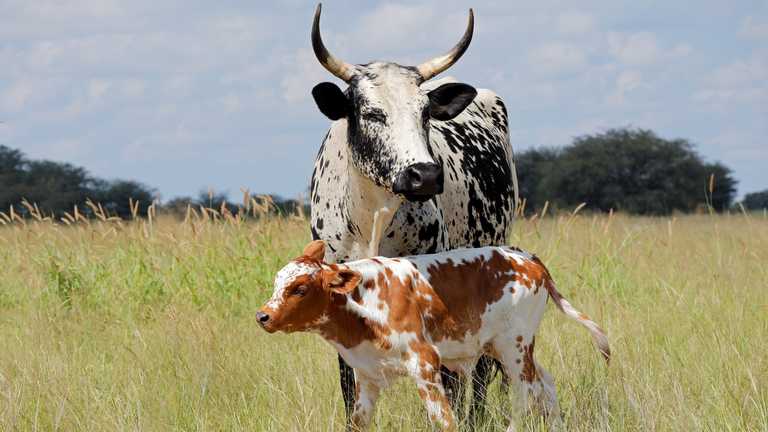
Loading search...
Loading search...
Loading site search...
Loading site search...
Loading site search...
Loading...
Loading site search...
Loading site search...
Posted 11 December 2020
“Currently, around the world rules governing autonomous crop equipment vary from almost none to quite restrictive"
Agri-tech entrepreneurs, agricultural researchers, farm machine engineers and government health and safety officials participated in an on-line discussion of a code of practice for autonomous crop equipment organized by the Global Institute for Agri-Tech Economics (GIATE) at Harper Adams (HAU) with the support of on Dec. 2, 2020. The discussion centred on whether the draft Australian Code of Practice for Autonomous Crop Equipment could be adapted to the United Kingdom (UK).
“The Code of Practice is a surrogate for regulation that is industry developed,” explained Dr Rohan Rainbow who led the development of the Australian Code of Practice for Grain Producers Australia (GPA). Other partners in the code development were the Society of Precision Agriculture Australia (SPAA) and Tractor and Machinery Association of Australia (TMA). In Australia, a “code of practice” is admissible in court and shows that an employer or company has complied with best practices.
“Autosteer has been widely adopted in Australia, so farm equipment is already operating almost autonomously. The question is of when we are going to flick the switch and make them completely autonomous,” Dr Rainbow said. “Autonomy will unlock new ways of farming just as no-till and controlled traffic has done for us. It will allow us to do things in the farm business that no one would have the patience to do normally,”
He explained that the Code of Practice is focused on:
Dr Rainbow clarified that the Code of Practice was for in-field, on-farm use of autonomous equipment only, not for use on public roads. Also, the Code of Practice was not intended for drones, remote-controlled equipment, forestry machines or stationary irrigation, drying or processing equipment.
The Code of Practice for Autonomous Crop Equipment was based on the Autonomous Mining Equipment Code of Practice developed in 2015 and accepted by the Western Australia government. Dr Rainbow said that they hope to share the final version of the agricultural Code of Practice in early 2021.
“There are a total of 700 standards which could be applied to autonomous vehicles. Clearly, this is a cluttered environment and a challenging environment in which agriculture has to fit,” said Kit Franklin, an HAU Engineering Senior Lecturer who leads the Hands-Free Farm project at HAU. Most of those standards focus on the design of robots and autonomous equipment, not on the use and operation of those machines.
“We need to develop a code under which we can operate that is reasonable and helps farmers adapt to this innovation. It should expect a level of responsibility by the public who enter our environment,” Franklin said. “In the UK there is already the Countryside Code which asks visitors to respect, protect and enjoy the countryside. With a specific mention under the respect category that visitors must leave machinery and livestock alone,”
“We should move before we are imposed upon by those who didn’t understand agricultural interests. If standards were imposed that were wrong, that could be detrimental to the industry.” Franklin noted.
“Currently, around the world rules governing autonomous crop equipment vary from almost none, as is the case in Australia, to quite restrictive, as it the case in the US state of California,” explained Professor James Lowenberg-DeBoer, the economist with the Hands-Free Farm project at HAU. He noted that the European Union (EU) currently requires on-site human supervision of autonomous crop equipment and he outlined an economic analysis which showed that for UK farms any on-site human supervision requirements might preclude the adoption of autonomous equipment on small and medium-sized farms.
“On-site human supervision requirements could increase costs of production on small and medium-sized farms, compared to conventional equipment, and increase economies of scale providing motivation for larger and larger farms,” Professor Lowenberg-DeBoer said.
Because the UK agricultural conditions differ substantially from those in Australia, the discussion among the 50 participants focused on how a code of practice could be adapted to UK conditions. Several participants commented that the rules should differ for large autonomous machines and small robots because if they malfunctioned the large equipment would have a much greater potential for causing harm in the relatively densely populated British countryside than the small machines.
There was agreement on the need for a UK code of practice to provide a framework for British autonomous farm equipment manufacturers, vendors and users. Professor Lowenberg-DeBoer noted that this framework should be consistent with international standards to provide British manufacturers with easier access to the export market. Some participants advocated contributing to one of the existing autonomous vehicle legal and regulatory efforts, such as the autonomous off-road vehicle project led by the Transport Research Laboratory (TRL), while others felt that agriculture needed its own framework.
“Harper Adams is ready to do its part in the development of guidelines for autonomous equipment in the UK,” Professor Lowenberg-DeBoer said.
The discussion on Dec. 2 built on a meeting of agricultural engineers and industry representatives held at HAU in July 2019 to launch the process of creating UK guidelines for autonomous crop equipment.






We use cookies to ensure that we give you the best experience on our website. If you continue without changing your settings, we'll assume that you are happy to receive all cookies on the website. However, you can change your cookie settings at any time.